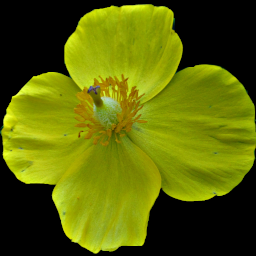 The Dogwoods we know best are the “flowering” varieties—which actually have inconspicuous little green flowers surrounded by a showy involucre of white or pink. (Cornus florida is native to our area; Cornus kousa is often planted as an ornamental.) But this very attractive shrub or small tree forgoes the spectacular false petals and makes its show by clustering its little white flowers together.
The Dogwoods we know best are the “flowering” varieties—which actually have inconspicuous little green flowers surrounded by a showy involucre of white or pink. (Cornus florida is native to our area; Cornus kousa is often planted as an ornamental.) But this very attractive shrub or small tree forgoes the spectacular false petals and makes its show by clustering its little white flowers together.
This tree was one of many growing along a little country lane through the woods near Cranberry, where it was blooming at the end of May.
It is very difficult to tell the difference between this species and Narrow-Leaved Dogwood, C. obliqua, which many botanists regard as a variety of C. amomum. So Gray, who lists C. obliqua as C. purpusi, but says that it “appears to be an inconstant form rather than a distinct species.” As always, if our identification is wrong here, any help is appreciated.
Here is Gray’s description:
CÓRNUS [Tourn.] L. CORNEL, DOGWOOD. Flowers perfect (or in some foreign species dioecious). Calyx minutely 4-toothed. Petals 4, oblong, spreading. Stamens 4; filaments slender. Style slender; stigma terminal, flat or capitate. Drupe small, with a 2-celled and 2-seeded stone. — Leaves opposite (except in one species), entire. Flowers small, in open naked cymes, or in close heads surrounded by a corolla-like involucre. (Name from cornu, a horn; alluding to the hardness of the wood.)
С amòmum Mill. (SILKY C., KINNIKINNIK.) Shrub, 1-3 m. nigh; branches purplish; the branchlets, stalks, and lower surface of the ovate or elliptical pointed leaves silky-downy (often rusty), pale and dull, not microscopically papillose; cymes flat, close; calyx-teeth lanceolate; fruit pale blue. (С serieea L.) — Wet places, Nfd. to N. D., s. to Fla. and La. June. — C. Purpusi Koehne, with slightly narrower leaves microscopically papillose but not rusty-pubescent beneath, appears to be an inconstant form rather than a distinct species.





